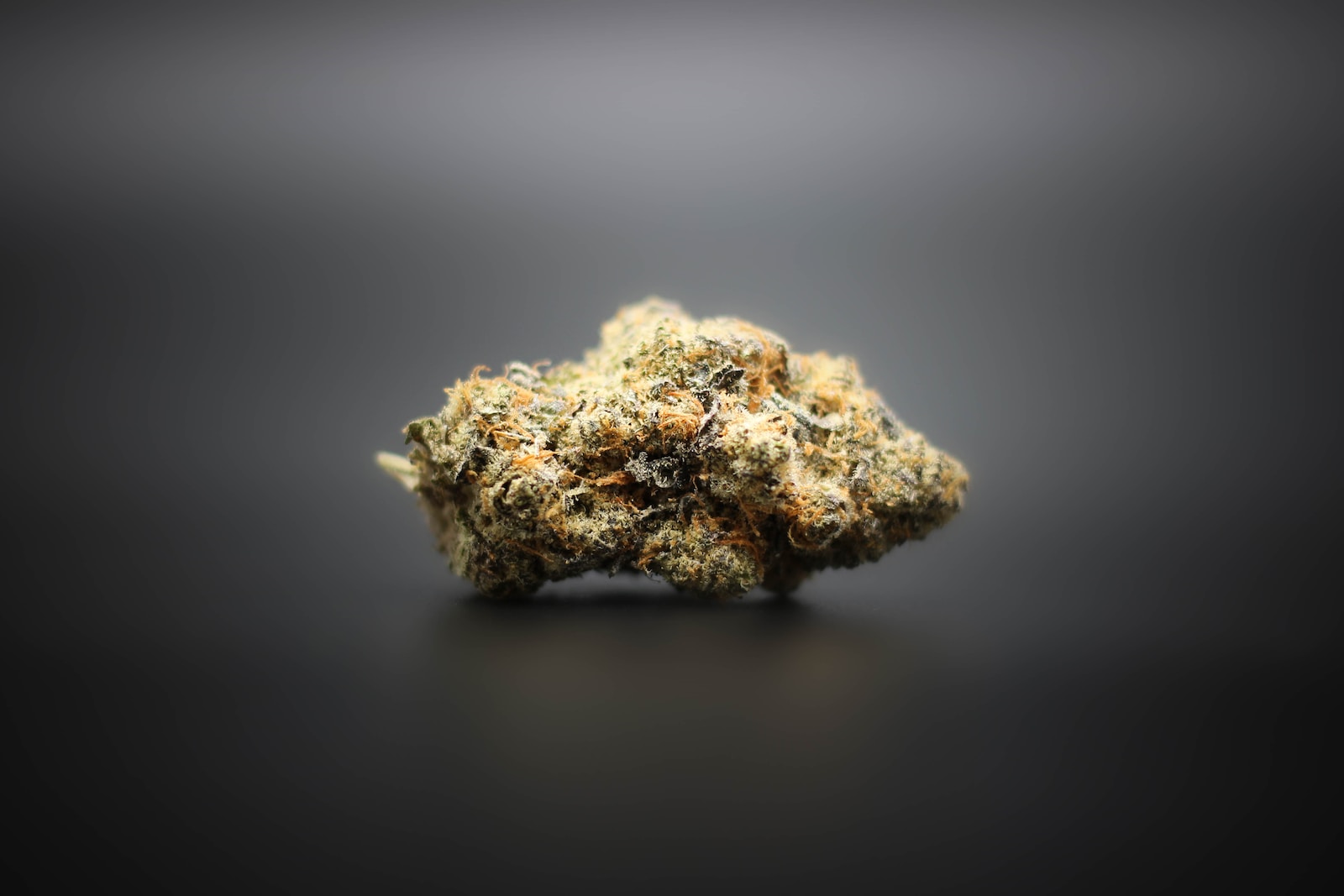Cannabis, once synonymous with stigma and controversy, has undergone a remarkable transformation in societal perception and legal status over the years. The evolution of cannabis advocacy has played a pivotal role in this transition. This article delves into the journey “From Stigma to Support: The Evolution of Cannabis Advocacy,” highlighting key milestones, changing attitudes, and the impact on policies and communities.
From Stigmatization to Open Dialogue
From Stigma to Support: The Evolution of Cannabis Advocacy began in an era where cannabis was widely stigmatized, often associated with criminality and danger. Individuals who used or advocated for cannabis faced societal judgment and legal consequences. However, a turning point came when passionate advocates started challenging the prevailing narrative.
Advocates initiated conversations about the medicinal potential of cannabis and its historical use in various cultures. As perceptions gradually shifted, the stigma surrounding cannabis began to erode, paving the way for open dialogue about its benefits and responsible use.
Historical Roots of Cannabis
Understanding the historical context of cannabis is crucial to appreciating its evolving advocacy. Ancient civilizations, such as the Chinese, Egyptians, and Indians, embraced cannabis for its therapeutic properties. The plant’s rich history in traditional medicine sparked curiosity about its potential in modern healthcare.
Cannabis Advocacy in the Modern Era: The mid-20th century witnessed a drastic shift as cannabis faced strict legal restrictions and demonization. The counterculture movements of the 1960s and 70s, however, sparked renewed interest in the plant’s diverse applications, fostering a grassroots movement advocating for its decriminalization and medical use.
Shaping Public Perception
The evolution of cannabis advocacy was closely intertwined with changing public perception. Media played a pivotal role in shaping how society viewed cannabis. The early portrayal of cannabis in films and news contributed to its negative image, but as advocates amplified their efforts, media narratives started to shift.
Medical Cannabis Pioneers: The emergence of medical cannabis pioneers catalyzed a shift in perception. Stories of patients finding relief from chronic pain, epilepsy, and other ailments through cannabis-based treatments garnered public sympathy. These personal accounts humanized the plant and generated support for scientific research and medical legalization.
Cannabis Advocacy and Policy Shifts
As the momentum for cannabis advocacy grew, so did the impact on policies and legislation. From Stigma to Support: The Evolution of Cannabis Advocacy led to substantial policy changes worldwide.
Legalization vs. Decriminalization: Advocates navigated a complex landscape, advocating for both the legalization and decriminalization of cannabis. Legalization allows regulated access to cannabis for both medical and recreational use, while decriminalization focuses on reducing criminal penalties for possession. These efforts aimed to address the racial and social injustices perpetuated by stringent cannabis laws.
Benefits and Medical Applications
The journey of cannabis advocacy shed light on the plant’s potential benefits beyond recreation. Scientific research began unraveling its therapeutic applications, which span a wide range of conditions.
Pain Management: Cannabis compounds, notably CBD and THC, demonstrated promising effects in managing chronic pain. This breakthrough offered an alternative to traditional painkillers and opioid medications, contributing to the ongoing discussions about combating the opioid epidemic.
Neurological Disorders: The efficacy of cannabis in treating neurological disorders, such as epilepsy and multiple sclerosis, captured the medical community’s attention. Advocates championed further research to refine dosing and delivery methods, aiming to enhance the quality of life for affected individuals.
Dispelling Myths through Education
Education emerged as a cornerstone of cannabis advocacy, dispelling myths and misinformation that had long clouded public perception.
Fact-based Campaigns: Advocacy groups launched fact-based campaigns to counter misconceptions. These campaigns provided accurate information about the plant’s effects, debunking myths propagated by decades of stigma-driven narratives.
Changing Socio-Cultural Dynamics
From Stigma to Support: The Evolution of Cannabis Advocacy had a profound impact on socio-cultural dynamics. As cannabis gained acceptance, it spurred conversations about responsible use, equity, and social justice.
Cannabis and Social Equity: Advocates emphasized the importance of addressing the disproportionate impact of cannabis criminalization on marginalized communities. Many argued that legalization should include measures to expunge prior convictions and create opportunities for those disproportionately affected by the War on Drugs.
FAQs about Cannabis Advocacy
Q: Is cannabis fully legalized everywhere?
A: While cannabis legalization has made significant progress, the extent of legality varies by region. Some places permit only medical use, while others allow recreational consumption as well.
Q: What role did advocacy play in changing cannabis perception?
A: Advocacy played a pivotal role in challenging negative stereotypes, presenting scientific evidence, and humanizing cannabis through personal stories. These efforts contributed to shifting public perception.
Q: Can cannabis advocacy help address social equity issues?
A: Yes, cannabis advocacy advocates for social equity by promoting expungement of prior cannabis-related convictions and creating opportunities for communities disproportionately affected by cannabis criminalization.
Q: What impact did medical cannabis pioneers have?
A: Medical cannabis pioneers shared their stories of finding relief from various ailments through cannabis treatments. These stories generated empathy and support for medical cannabis research and legalization.
Q: How did media influence cannabis perception?
A: Early media portrayals of cannabis often emphasized its negative aspects. However, as advocacy efforts grew, media narratives started to change, focusing on its medical potential and societal benefits.
Q: What are some therapeutic applications of cannabis?
A: Cannabis has shown potential in managing chronic pain, neurological disorders, and even mental health conditions like anxiety and depression. Ongoing research aims to uncover its full therapeutic spectrum.
Conclusion
From Stigma to Support: The Evolution of Cannabis Advocacy exemplifies the power of persistence and education in reshaping societal perceptions and policies. The journey from a stigmatized plant to a recognized therapeutic resource highlights the collective efforts of advocates, medical professionals, policymakers, and the public. As cannabis continues to evolve on its path, advocacy remains a driving force in ensuring responsible use, equitable access, and informed decision-making.
